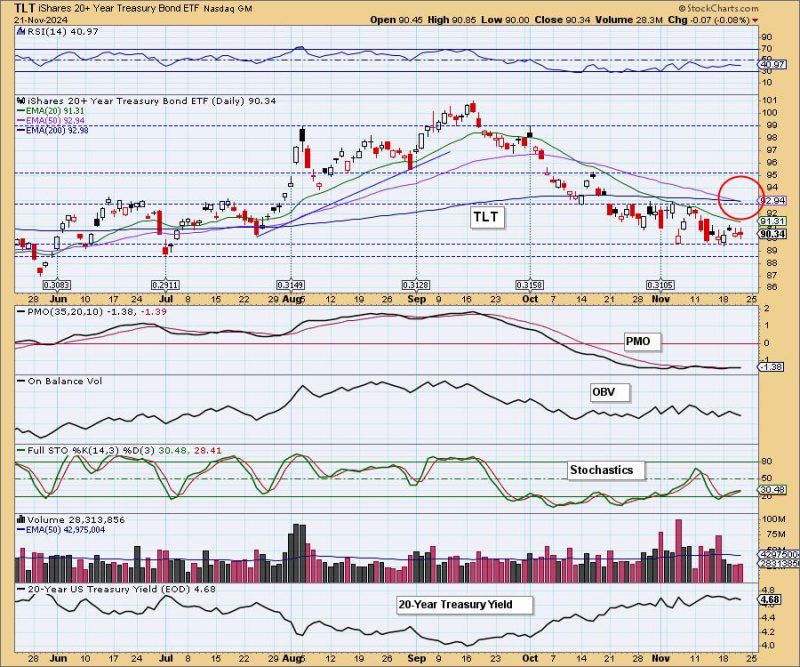In the fast-paced world of finance and investing, technical indicators play a crucial role in guiding traders and investors in making data-driven decisions. One such indicator that has recently made waves in the market is the death cross, a significant event that occurred in the bond market, signaling potential trouble ahead for bond investors.
The death cross occurs when a shorter-term moving average, in this case, the 50-day moving average, crosses below a longer-term moving average, usually the 200-day moving average. This crossover is interpreted as a bearish signal by market analysts, suggestive of a potential downturn in the market.
Analyzing the recent death cross in the bond market, it becomes evident that bond prices might be on a downward trajectory, presenting a challenging environment for bond investors. The signal indicates a shift in sentiment towards bonds, with potential selling pressure likely to increase as investors react to the signal.
For bond investors, this death cross sell signal serves as a warning sign to reassess their portfolio holdings and risk exposure. It may prompt them to consider reallocating their assets to more defensive strategies or diversifying into alternative investments to mitigate potential losses in a declining bond market.
The occurrence of a death cross in the bond market raises questions about the broader economic landscape and market conditions. It reflects changing investor sentiments, potential macroeconomic concerns, or shifts in central bank policies that could impact bond yields and prices in the coming months.
As traders and investors navigate the evolving market dynamics, staying informed and proactive in responding to technical indicators such as the death cross becomes crucial. While not a foolproof predictor of market trends, the death cross can offer valuable insights into potential changes in market sentiment and help investors make more informed decisions in managing their bond investments.
In conclusion, the recent occurrence of a death cross sell signal in the bond market highlights the importance of monitoring technical indicators and staying vigilant in assessing market trends. Bond investors should heed this bearish signal as a call to review their investment strategies, adjust their portfolios accordingly, and position themselves to navigate potential challenges in the bond market effectively.

